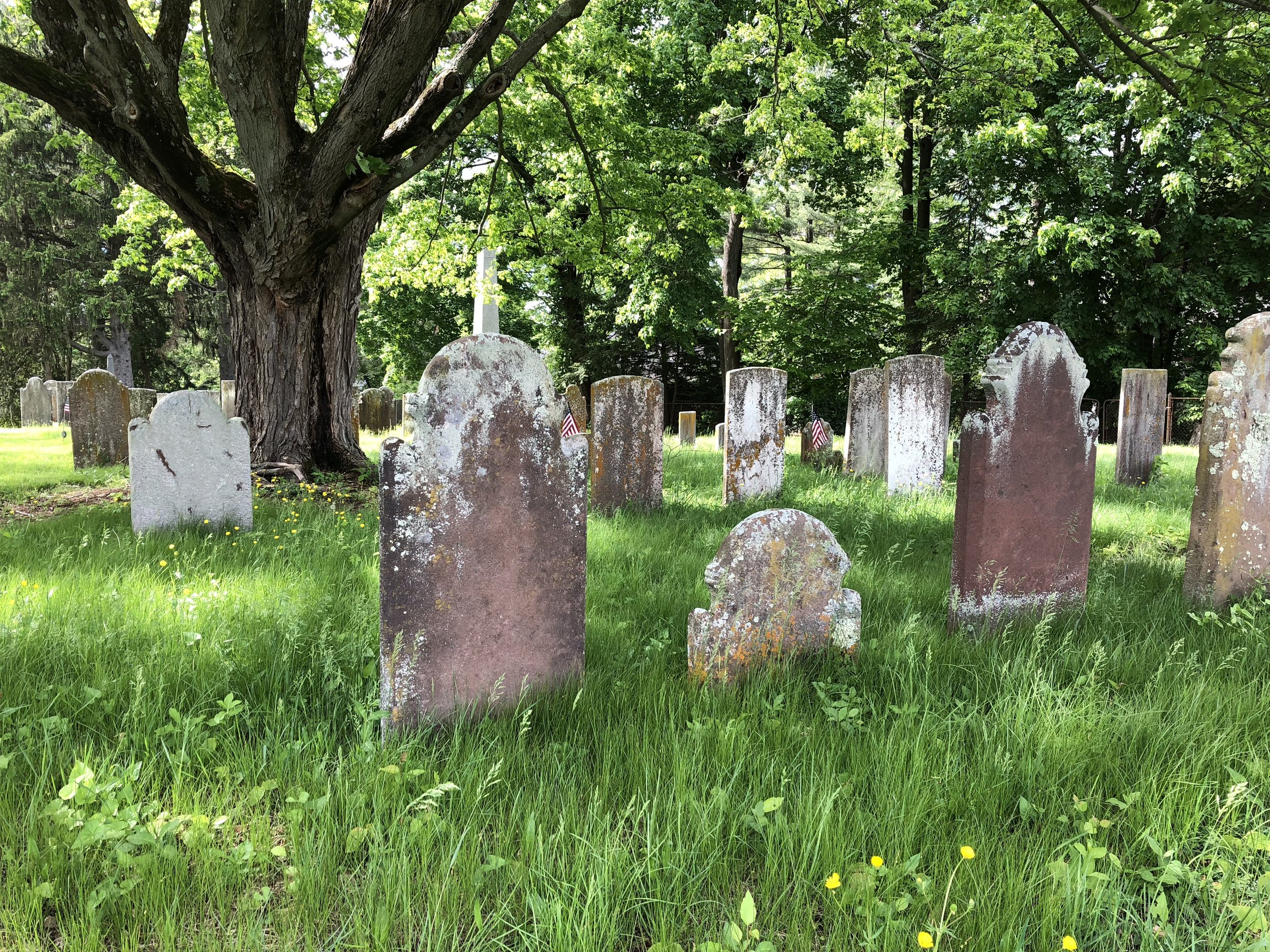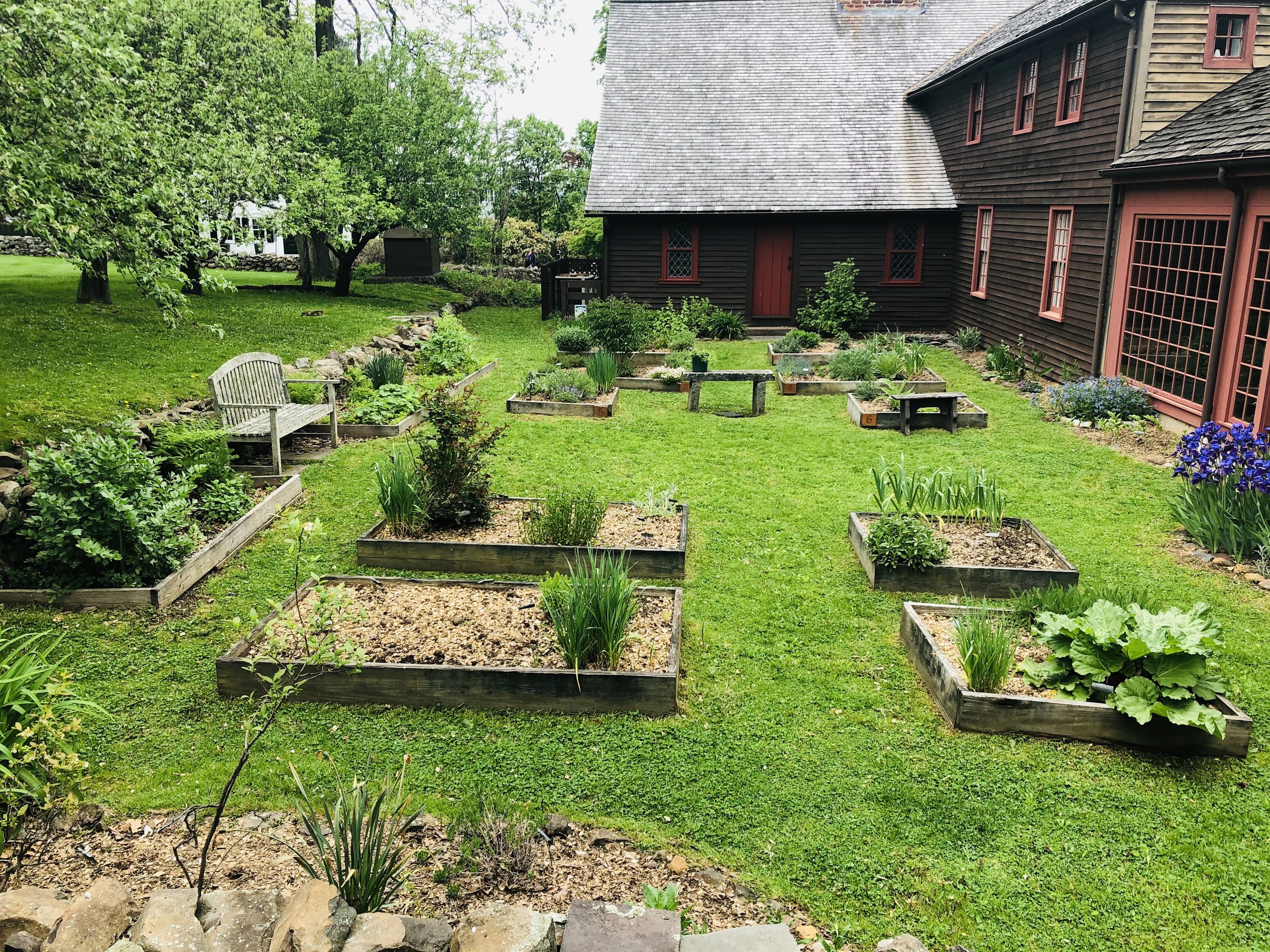Members > Stanley-Whitman House
Stanley-Whitman House
Stanley-Whitman House is a living history center and museum that teaches through the collection, preservation, research, and dynamic interpretation of the history and culture of early Farmington, Connecticut. Programs, events, classes, and exhibits encourage visitors of all ages to immerse themselves in history by doing, acting, questioning, and engaging in colonial life and the ideas that formed the foundation of that culture.
Located in the historic village of Farmington, the museum facility is centered on a ca. 1720 National Historical Landmark house furnished with period antiques to reflect the everyday activities of Colonial life in Connecticut. Surrounding the house are period raised bed gardens, an apple orchard, and heritage stone walls.
The public service areas of the museum, constructed in 2004, include a modern classroom, a period tavern room, post-and-beam Welcome Center, research library, exhibit gallery, and collection storage area.
The museum manages Memento Mori, Farmington’s ancient cemetery on Main Street, and the Village Green, located at the intersection of Rtes. 4 and 10. Stanley-Whitman House is supported in part by the Farmington Village Green and Library Association.
Visit the Stanley-Whitman House website. / Interact with the Stanley-Whitman House on Facebook, Instagram, and Twitter.







